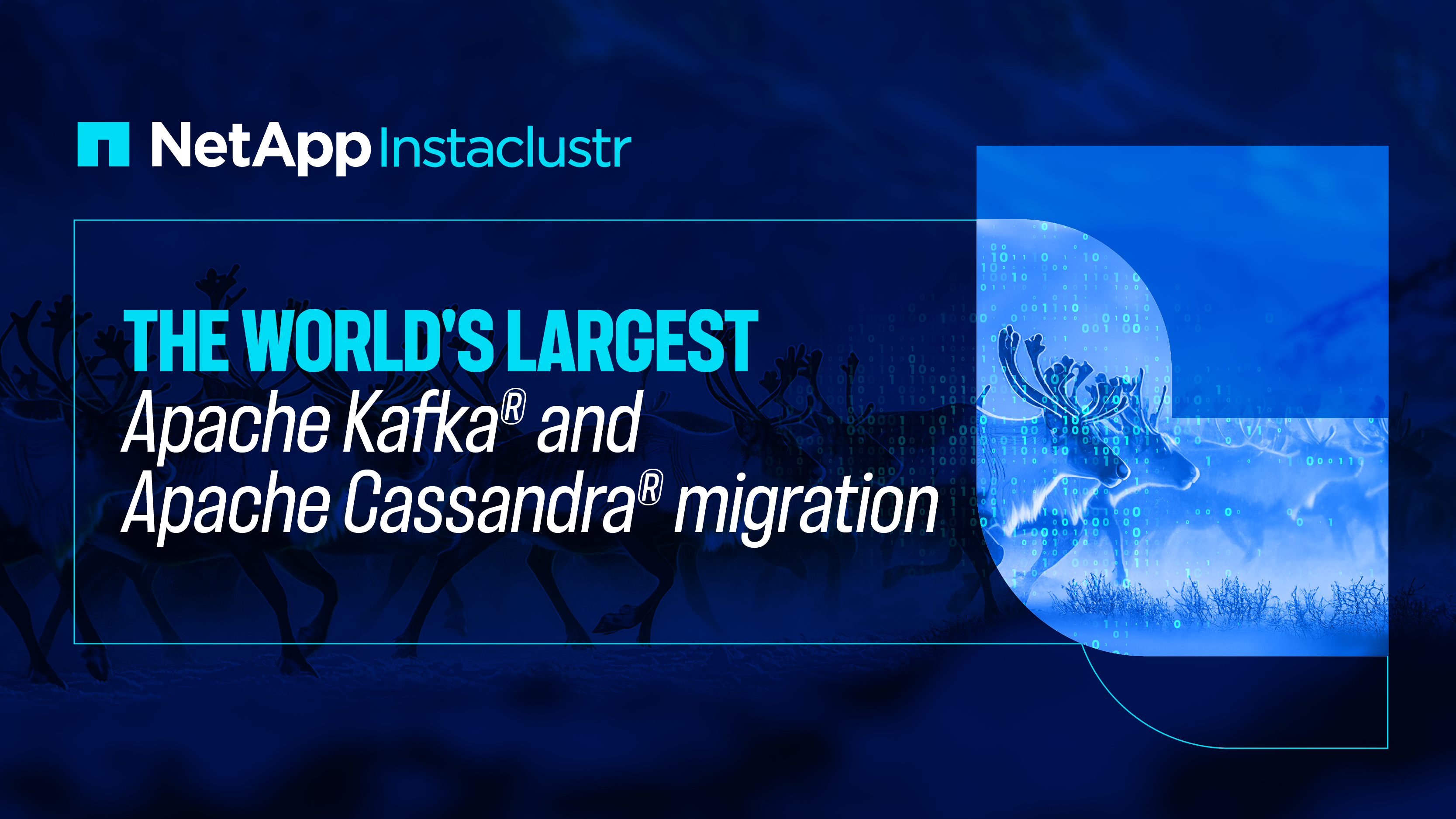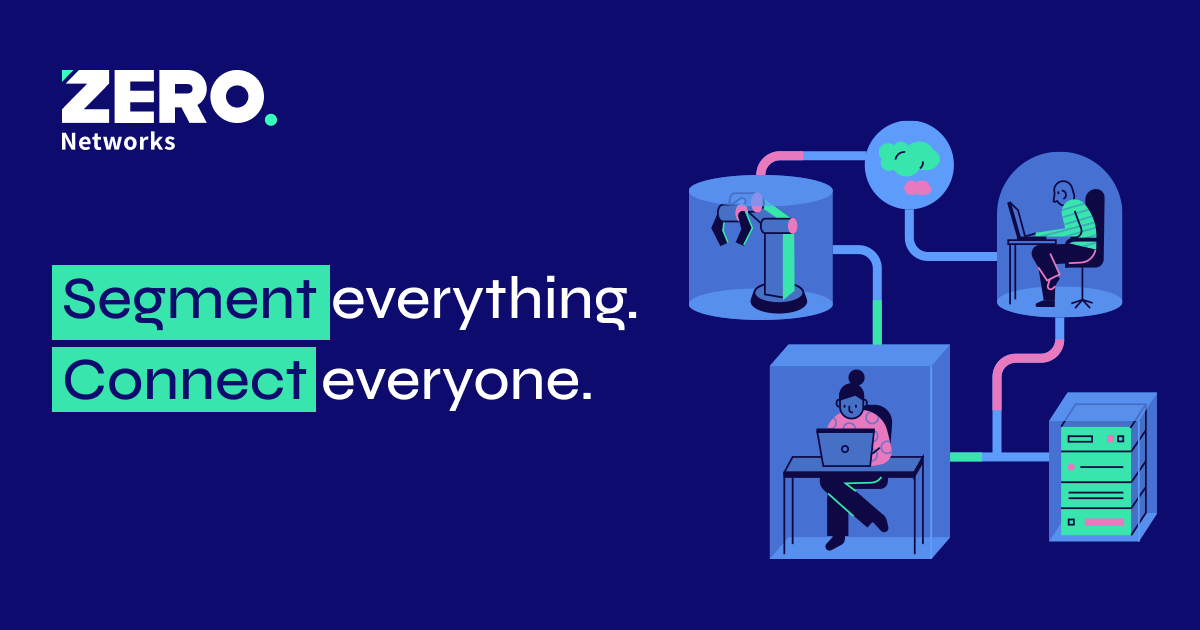Give Employee Productivity a Nudge with Conversational AI & Automation
Employee productivity might be summed up by the expression “The last thing I need in my day is_________.”

We’ve all got them. Things that show up during the workweek like loose shoelaces on a fast escalator threatening to trip us up and pull us under. In their best selling book Nudge: Improving decisions about health, wealth, and happiness, economists Cass Sunstein and Nobel prize winner Richard Thaler, referred to these frictions that make life difficult to navigate as “sludge” (Thaler, R.H., Sunstein, C.R., 2008). In the following, you’ll learn how Conversational AI reduces sludge and improves employee productivity.
Nudge vs. Sludge
Firstly, how does sludge differ from its opposite nudge?
Automatically enrolling an employee in a company 401K providing a 100% match – free money! – is an example of a nudge. A nudge positively enables socially good practices.
By contrast, a sludge example is a fresh-faced new employee onboarding and seeking a company requisition of Office365 on a cheery Monday morning. The employee sends an email to his manager requesting approval for the software. Two hours after she receives the email she opens it. The manager then sends a service desk ticket, but neglects to fill out the department field requesting it. It is flagged and bounces back to her. Fast forward, it’s now 5:30 p.m. The email sits in the manager’s inbox amongst a noisy crowd of high priority items. In short, the day is done, the new employee’s productivity is null, and this new job starts with a thud.
In other words, sludge may be the subject of a best-seller on behavior economics, but it isn’t complicated. You know it when you feel it.
Sludge is annoying.
Sludge Audits
A key characteristic of sludge is excessive friction. This friction has a psychological cost (Sunstein, 2020). Most people know sludge when they see it or experience it. Processes that involve excessive paperwork, specific or hard to get items or validations, and step-by-step timelines, and vague or complicated instructions all qualify as sludge. Organizations seeking quick wins to improve employee productivity are commonly conducting sludge audits to identify these points of friction.
In short, sludge, this “viscous mixture” stops employees from getting or doing what they want. It causes frustration. In turn, frustrated employees lose motivation, don’t perform as well, and eventually start looking for other employment options.
Employee Productivity & Sludge
The case for Conversational AI and its ability to reduce sludge isn’t as complicated as it may seem. In short, Conversational AI enables employees to find answers, reset systems, and navigate organizational systems at speed. It meets employees where they are – MS Teams, Slack, Zoom – and other similar channels. These are the new modes of communication where employees work, hang out, and look for answers to sludgy stuff. Conversational AI integrates into those channels and helps employees get things done.
The bottom-line is automated and autonomous Conversational AI systems can greatly diminish, and even completely remove, the costs of wading through these burdensome processes.

Conversational AI & Automation: Meeting Employee’s Psychological & Task Completion Needs
Conversational Artificial Intelligence (AI) is designed to make processes simpler and achieve outcomes faster. Moreover, Conversational AI at Aisera is unsupervised powered by Natural Language Processing (NLP), Natural Language Understanding (NLU) and Machine Learning. It doesn’t simply work based on what the developers most recently built into it. It learns.
Like a smart organization that itself is learning and evolving, Conversational AI is constantly aligning itself with company processes and information flows. In turn, employees can find things and solve issues even when things move and change – which happens constantly.
Importantly, the conversational nature of Conversational AI aligns with the natural or “conversational” communication method most people prefer – talking. Moreover, because the process of talking now occurs via multiple channels – email, text, interactive voice response (IVR) phone systems, Slack, chatbot, etc… – and sometimes simultaneously (such as chatting with a chatbot, while on the phone, and sending an email about an issue) a Conversational AI system integrates across these channels.
In this way, employees seeking resolution to an issue have a cohesive experience. They don’t need to backtrack through a sludgy process and refill in fields, or resubmit information.
They don’t need to get frustrated.
The Conversational AI coordinates an understanding of the employee’s issue across the multiple channels. The employee doesn’t get different answers from different channels. The seamlessness of the process, ensures employees feel they are being clearly heard and reduces frustration.
Influence Employee Performance Improvement
Additionally, Conversational AI is especially important as companies accelerate their digital footprint, and uncertainties such as COVID, force shifts away from previously in-person experiences (McKinsey survey, 2020). Notably, highlighted in the McKinsey survey are call center agents assisted by AI Chatbots or Intelligent Virtual Assistants. Conversational AI is increasingly seen as a way to help “employees grow” for example, by streamlining new employee onboarding and creating self-service for basic HR benefit queries. These capabilities significantly reduce redundant conversations between HR and employees about simple issues.
At this point, the not-so-great aspects of sludge are clear. But, what comes next?
Nudge Instead
Helpful nudges are like great maps, they anticipate frustration and confusion and head it off before it happens.
For example, citing the above example of a new employee’s onboarding, a Conversational AI will have answers and processes for the newbie on Day 1. As soon as the new employee opens their Slack instance a chat function could recognize them and send a query “Ready to get your MS365 setup, Yes/No?”
In a few short conversations, the new employee has approvals, downloads, and setup. Instead of days, they’re set up in minutes.
This is an example of one process out of thousands, where Conversational AI removes sludge and can instead anticipate and solve issues proactively. Instead of a first day that lands with a thud, the new employee’s first day rolls forward smoothly and he joins the company’s stream of productivity.
Easy peasy lemon squeezy.
Behavior Economics
Susstein and Thaler’s book remains a bestseller, in part, because it described a phenomenon most people intuitively understand and gave it a name. Nudge theory positions those small, but key actions, which help to make big differences for people and organizations. Similarly sludge and sludge audits identity points of friction in organizations and people’s lives involving time, information, and psychological burdens.
In fact, sludge matters to people, says Sustein, because ultimately the barriers it erects, the time it steals, and the obstacles it presents represent a reduction in personal freedom. If employees can’t get what they want they’re “not exactly free” (Sustein, 2020).
Friction, Frustration, and Freedom
Employees don’t appreciate organizations where the frustration, and cumulative stress, of sludge is the norm. Perhaps it is no surprise, but employees are seeking companies with less sludge.
On the one hand, quantitative sludge audits can help organizations identify points of friction where employees feel frustrated. On the other hand, most people know sludge when they see it or experience it. For example, they can compare the employee experience of onboarding at one organization using a standard process versus another organization using Conversational AI.
Perhaps it’s even simpler. You may be able to identify a few if you consider your answer to this “The last thing I need in my day is ________” and think of the hundreds of processes during a workweek that would be better served via an automated and autonomous Conversational AI interaction.
It is likely that it will identify areas where you can look for ways at increasing employee productivity and nudge your organization forward with better workforce productivity, improved employee engagement (even in remote work).
Related Articles
Join The GBI Impact Community
Sign up to make an impact and hear about our upcoming events
By registering anywhere on the site, you agree with our terms and privacy policy



